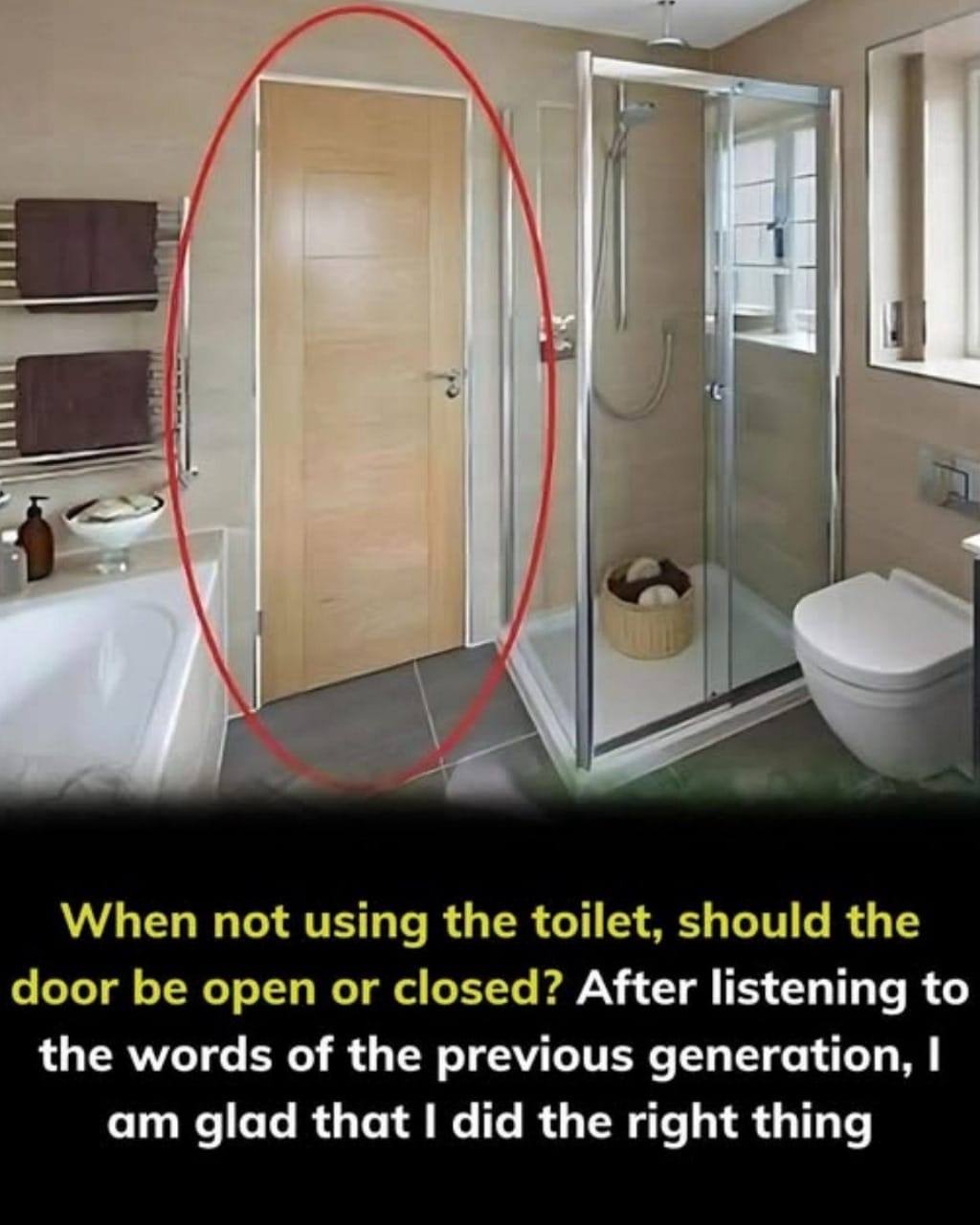ADVERTISEMENT
#### **2. Inviting Environment**
If you’re hosting guests or simply want to create a more **welcoming atmosphere**, leaving a door open can give a sense of openness and flow. For example, keeping the front door open while guests arrive gives them a warm greeting and helps them feel comfortable right away. Open doors in common areas like the living room or kitchen can create a feeling of inclusivity, as they allow people to gather and move freely.
#### **3. Easy Access**
In busy households, or if you’re juggling multiple tasks, keeping doors open can make it easier to **move between rooms** without the need to constantly open and close doors. Whether it’s bringing in groceries or moving between the kitchen and living room, open doors allow for smoother, uninterrupted transitions.
#### **4. Pets and Children**
If you have pets or young children, keeping doors open can be helpful for **monitoring** them. Pets, especially dogs, may appreciate having access to different parts of the home, and keeping doors open gives them the freedom to roam. For young children, leaving doors open can also make it easier for you to keep an eye on them while they play in different rooms.
#### **5. Reducing Isolation**
In some cases, leaving doors open can help reduce feelings of **isolation**. For example, if someone is working in an office, keeping the door open can keep them connected with the rest of the household. It can also help foster communication and make sure that everyone feels included, especially in a shared living space.
### **The Right Balance: Knowing When to Open or Close Your Doors**
While both keeping doors open and closed come with their own set of benefits, the key is finding the **right balance** based on your situation. Here are a few considerations to help you decide:
#### **Energy Efficiency**
– **Closed**: If you want to maintain your home’s energy efficiency, it’s often best to keep doors closed when using heating or cooling systems. This prevents the air from escaping to other areas of the home and ensures that energy is used where it’s needed most.
– **Open**: However, if you’re trying to naturally cool your home by creating airflow, leaving doors open for a few hours can help you avoid using energy-consuming air conditioners or fans.
#### **Room Usage**
– **Closed**: For rooms that are not in use, such as guest bedrooms or bathrooms, keeping doors closed can help keep those spaces tidy and prevent dust from accumulating.
– **Open**: In high-traffic areas, such as living rooms and kitchens, open doors create an inviting space and make it easier to navigate through the house.
#### **Security**
– **Closed**: For safety and security, it’s important to keep external doors, such as the front door or back door, securely closed and locked. Leaving them open can compromise security, especially at night.
– **Open**: If you’re home and enjoying some fresh air, a screen door or storm door can be left open for air circulation without sacrificing security.
### **Conclusion**
Deciding whether to keep a door open or closed is not always as straightforward as it may seem. The answer depends on the situation, the time of day, your personal preferences, and your home’s needs. By weighing the factors of privacy, temperature control, air circulation, safety, and aesthetics, you can determine the best option for each room and moment.
Whether you’re creating a cozy, private space or inviting fresh air into your home, knowing when to keep a door open or closed can help improve the comfort, functionality, and atmosphere of your living environment. So next time you find yourself standing in front of a door, ask yourself: should I open it or close it? The right choice will make all the difference!
